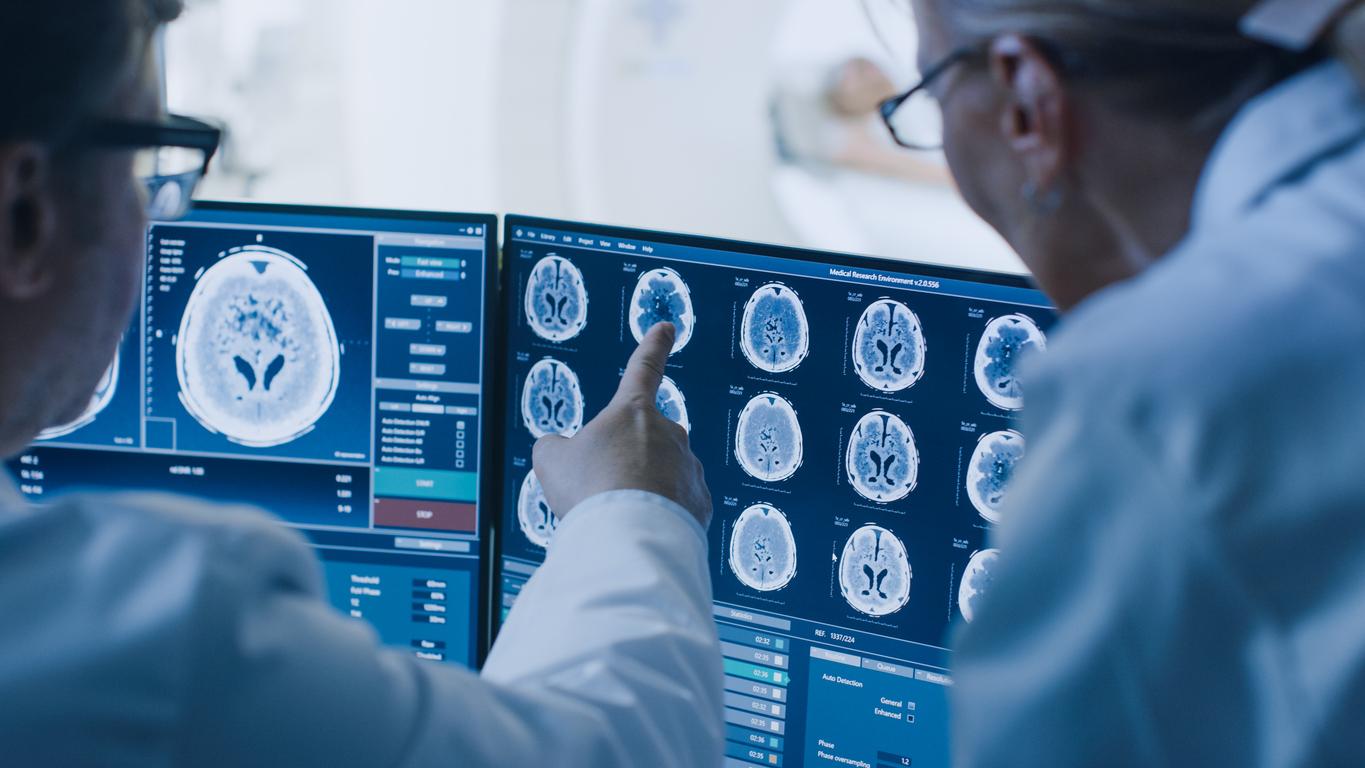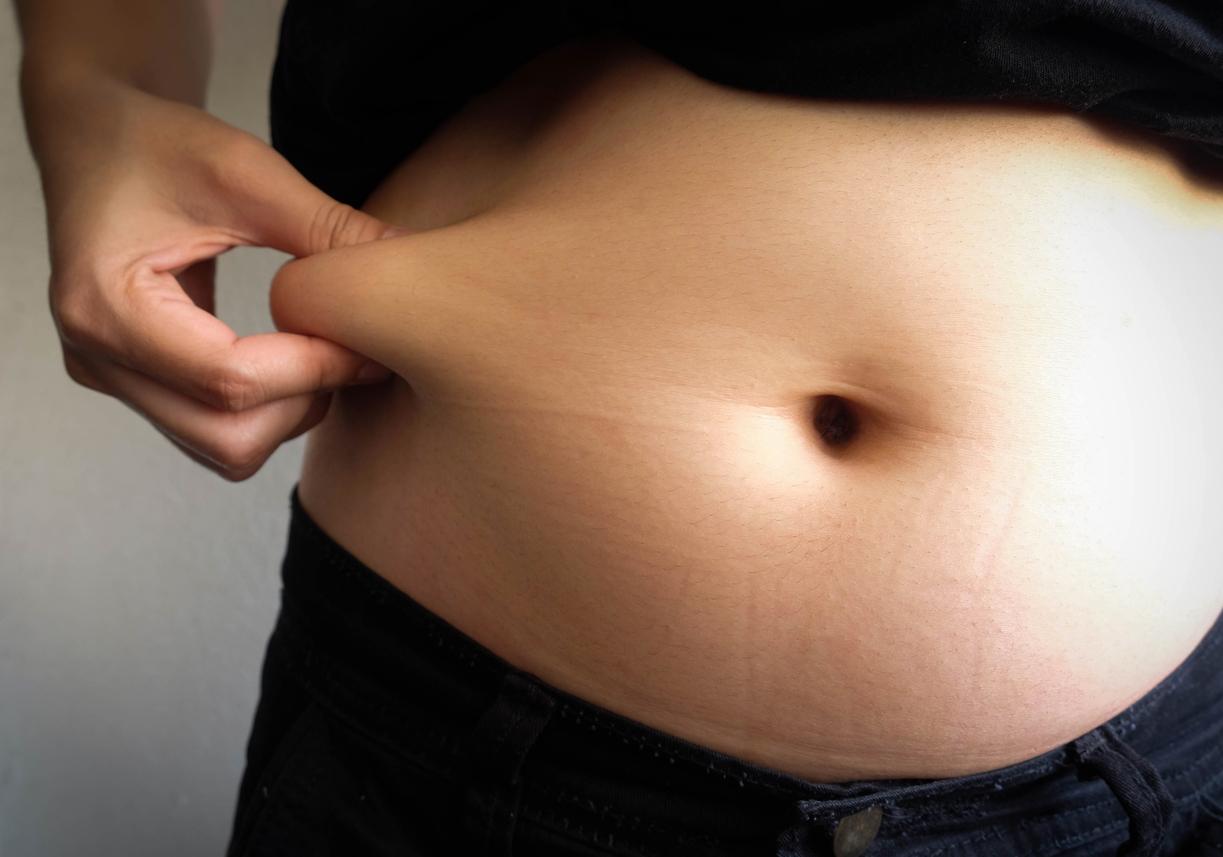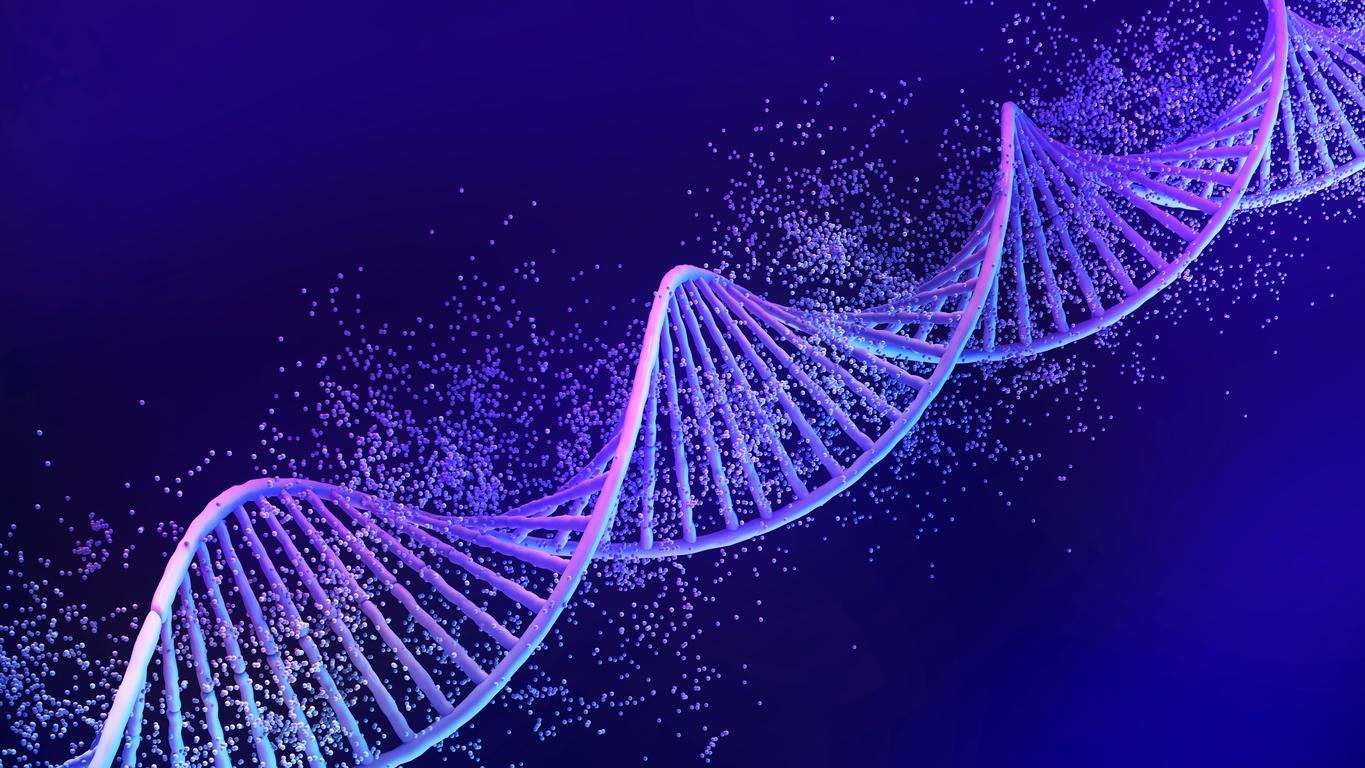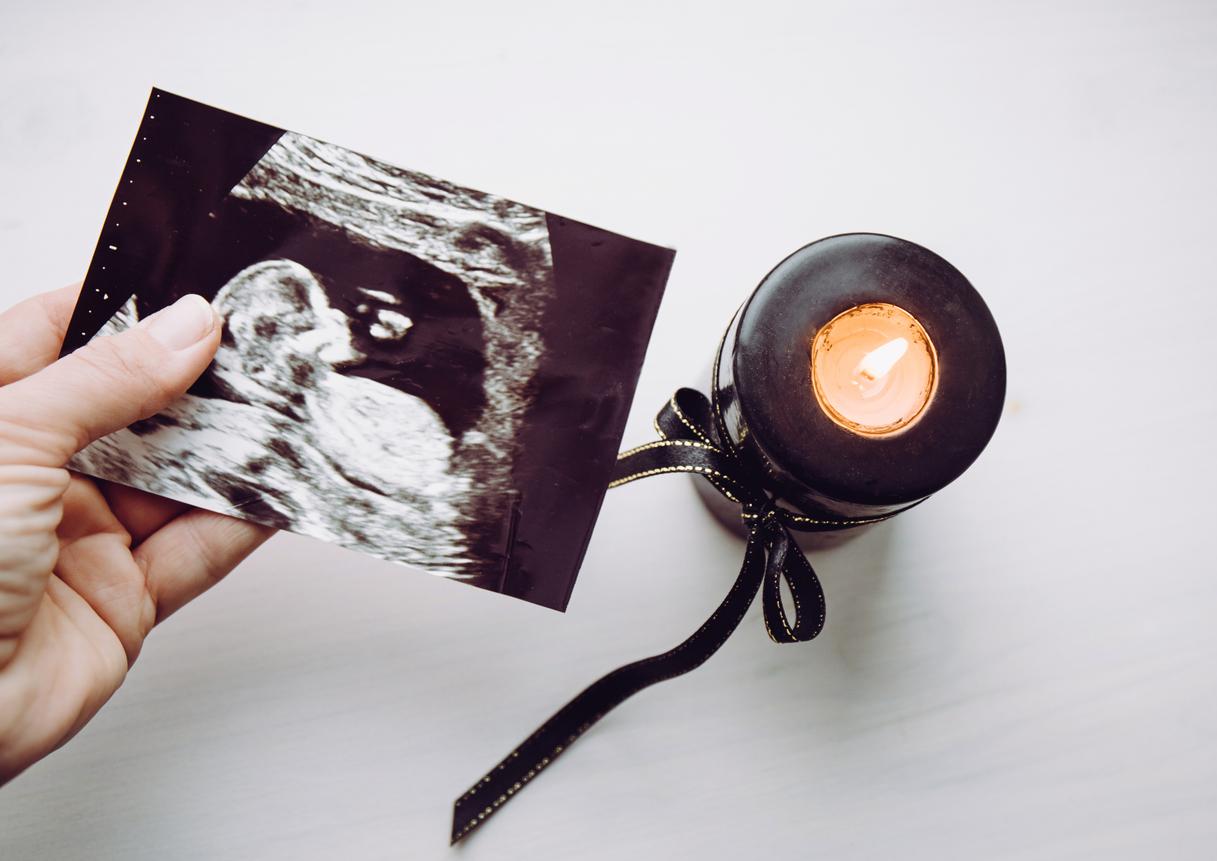Canadian researchers recently observed 134 new genes that may increase a person’s risk of autism spectrum disorders.
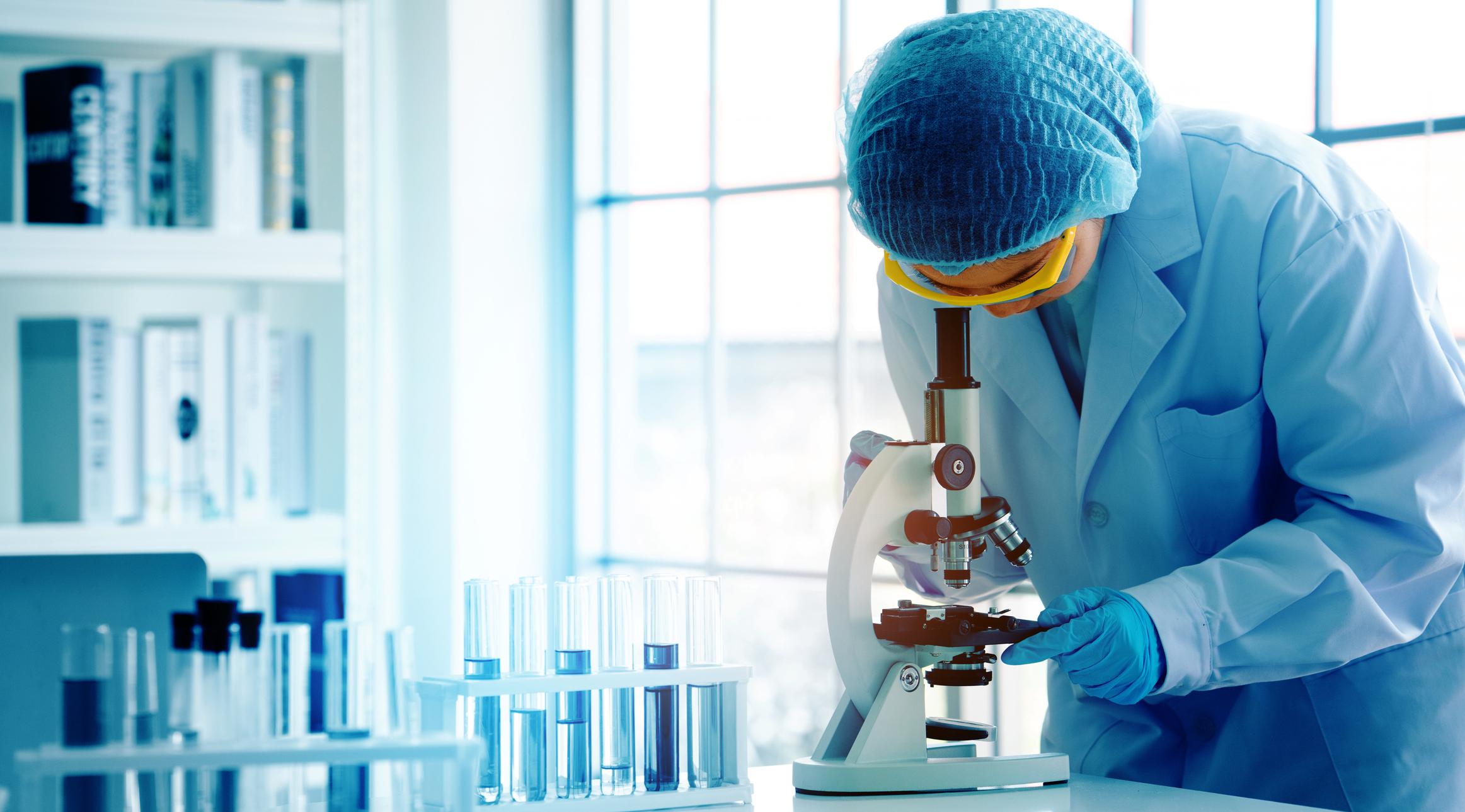
- Nearly 700,000 people have autism in France, according to Inserm.
- The first signs of an autism spectrum disorder appear between 18 and 36 months.
Autism spectrum disorders (ASD) encompass different conditions such as communication problems, alterations in social interactions or behavioral disorders. ASDs are caused by neurodevelopmental abnormalities. “It is now well established that these are diseases of multifactorial origin, but with a strong genetic component”explained the Institute National Health and Medical Research (Inserm).
134 new genes associated with autism
In a study published in the journal Cellresearchers at the Hospital for Sick Children in Toronto (Canada) have revealed that they have identified 134 new genes that would increase the risk of autism in a person.
For the purposes of this research, the scientists used genome sequencing to study the genes of 7,000 patients with autism as well as 13,000 people from their families. Most of the data analyzed came from the Autism Speaks MSSNG database.
According to the authors of the study, the 134 new genes discovered showed many genetic variations. “By sequencing the entire genome of all participants, and through the deep involvement of participating families (…) we maximize the potential for discovery and enable analysis that encompasses all types of variants, from the smallest modifications of DNA to those affecting entire chromosomes”said Dr. Stephen Schere, head of research at SickKids and director of the McLaughlin Center at the University of Toronto.
“Autism in multiplex families is more likely to be linked to rare variants”
During the study, the researchers also observed the role of genetics within families with a single person suffering from an autism spectrum disorder compared to multiplex families which include several individuals affected by this disease. The team therefore studied the mitochondrial DNA inherited from the mother and found that it represented only 2% of autism cases. The scientists then created a polygenic score, that is to say an estimate of the risk of being affected by autism. They found that there was no higher risk in multiplex families.
“These findings suggest that autism in multiplex families is more likely to be linked to rare, high-impact variants inherited from a parent (…) Given that the genetics and clinical traits associated with autism are so complex and varied, large datasets like the ones we used are essential for researchers to better understand the genetic architecture of autism.” said Brett Trost, lead author of the study and a research associate in the Genetics and Genome Biology Program at The Hospital for Sick Children.
In another separate study, Dr. Stephen Schere’s team examined the genomes of 325 families in which one or more people were affected by an autism spectrum disorder. The scientists then noticed that the combinations of spontaneous, rare inherited and polygenic genetic factors in the same person can lead to different subtypes of autism.









